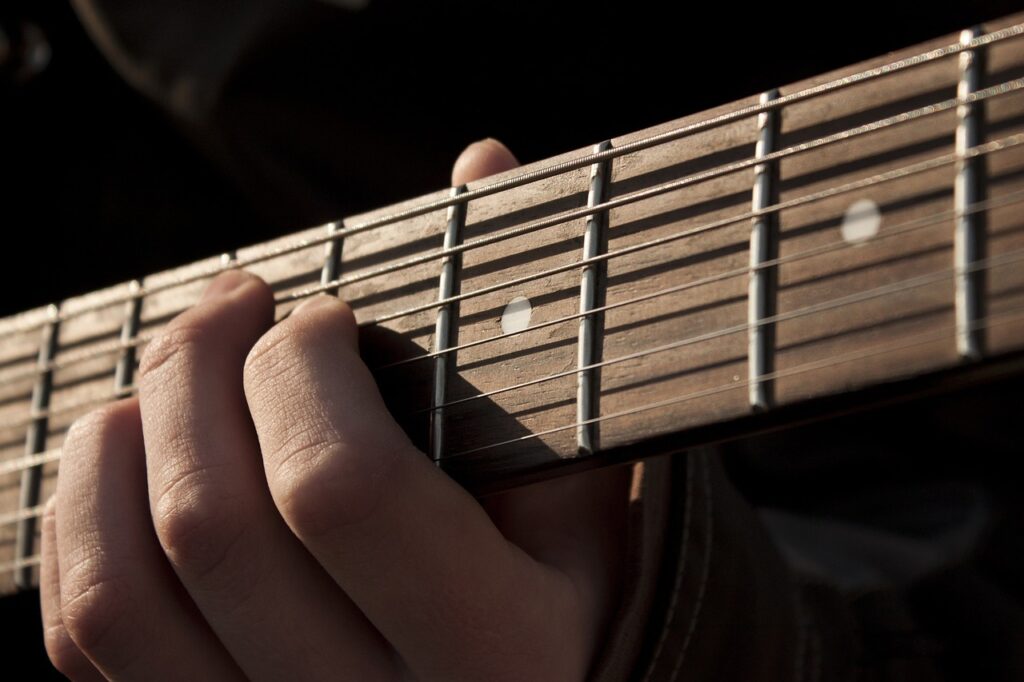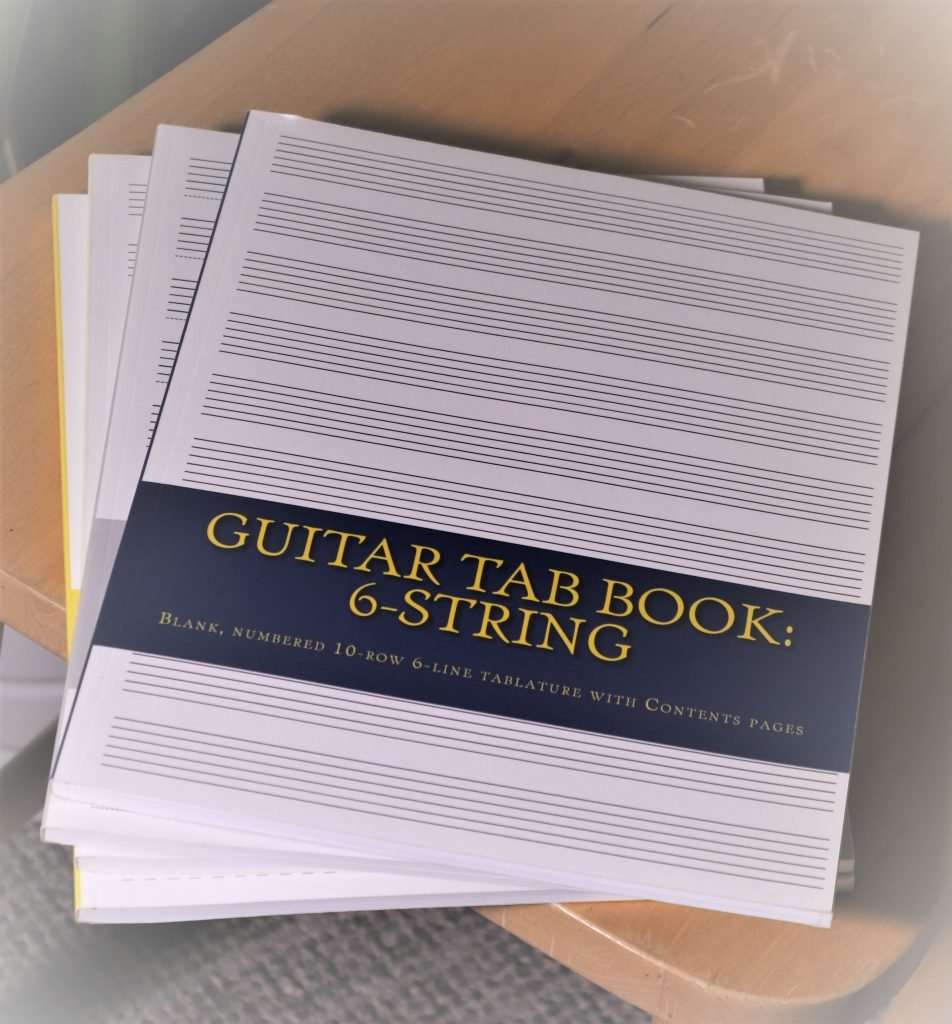From the 7-notes of a major scale you can play 7 modes on guitar. Let’s take the C-major scale and look at its modes.

Download combined TAB and standard notation for 7 Modes on Guitar Starting on A music sheet here (pdf).

C-Major Scale Modes
The C-major scale has seven notes C, D, E, F, G, A and B. When you play the notes in this order and usually finish on the C octave, it’s called the C-Ionian mode. This is the first mode of the C major scale. That’s just another name for the C-major scale.
Using only the notes of the C-major scale, the second mode starts on note D and extends into the next octave. The seven notes will be D, E, F, G, A, B and C ending on D. This scale is called D-Dorian mode.

Other modes of the C-major scale are: E-Phrygian, F-Lydian, G-Mixolydian, A-Aeolian, B-Locrian. Begin each scale from the appropriate starting note extending into the next octave. Each one of these scales has a unique “flavor” due to the intervals between the notes.
Intervals
The interval between the notes C and D is a whole-step, also called a whole-tone. On guitar, that means an interval of two frets. For example, look at the guitar note C on string 2 fret 1, and the note D on string 2 fret 3. Fret 2 is in between and is not played in a C-major scale.
Now consider the interval between notes B and C. On guitar, string 5 fret 2 is B, and string 5 fret 3 is C. They are next to each other. This is called a half-step or a half-tone interval.
The sequence of whole-steps and half steps is different for each mode. Let’s look at each of the mode names and their intervals.
Mode Names and Intervals
The following chart shows the sequence of intervals for each of the modes.
| MODE | INTERVALS (W=Whole, H=Half) |
| Ionian | W, W, H, W, W, W, H |
| Dorian | W, H, W, W, W, H, W |
| Phrygian | H, W, W, W, H, W, W |
| Lydian | W, W, W, H, W, W, H |
| Mixolydian | W, W, H, W, W, H, W |
| Aeolian | W, H, W, W, H, W, W |
| Locrian | H, W, W, H, W, W, W |
7 Modes on Guitar Starting on the Same Note
So far we considered modes based on the notes of a C-major scale. Let’s look now at playing modes based on a single starting note.
In the video is an example of playing modes starting on the note A. These modal scales would be called A-Ionian, A-Dorian, A-Phrygian and so on, because each scale starts on the note A.
Notice how each scale has its own “flavor.”
